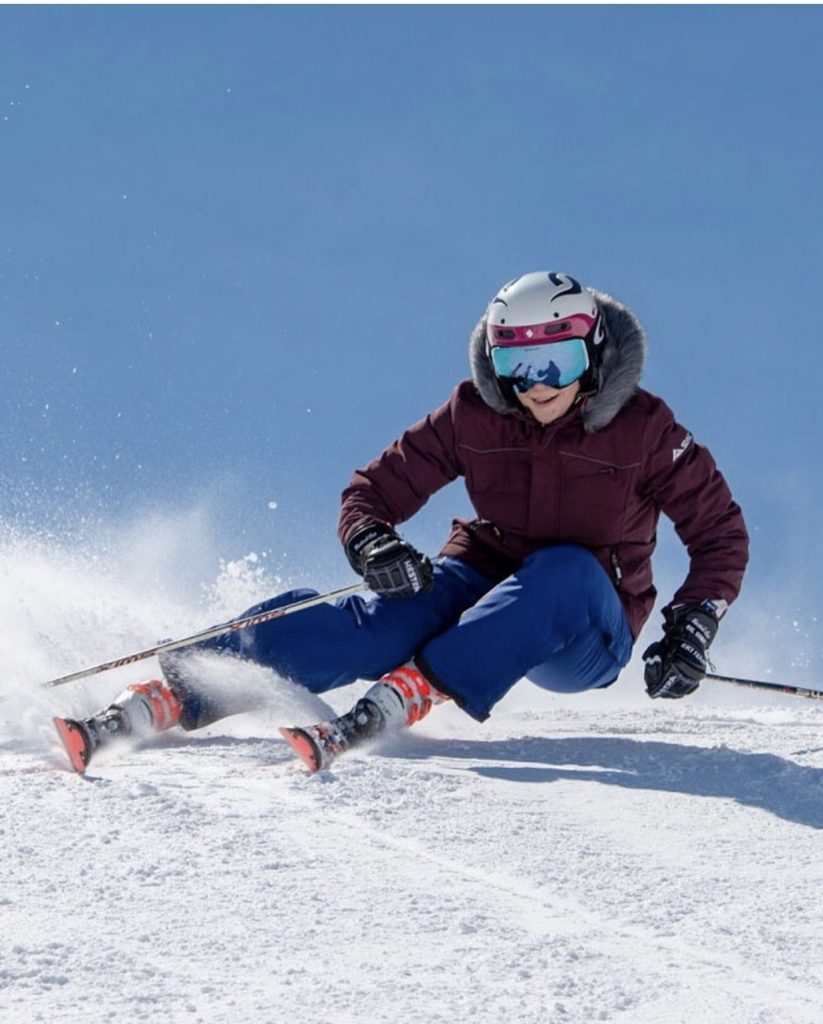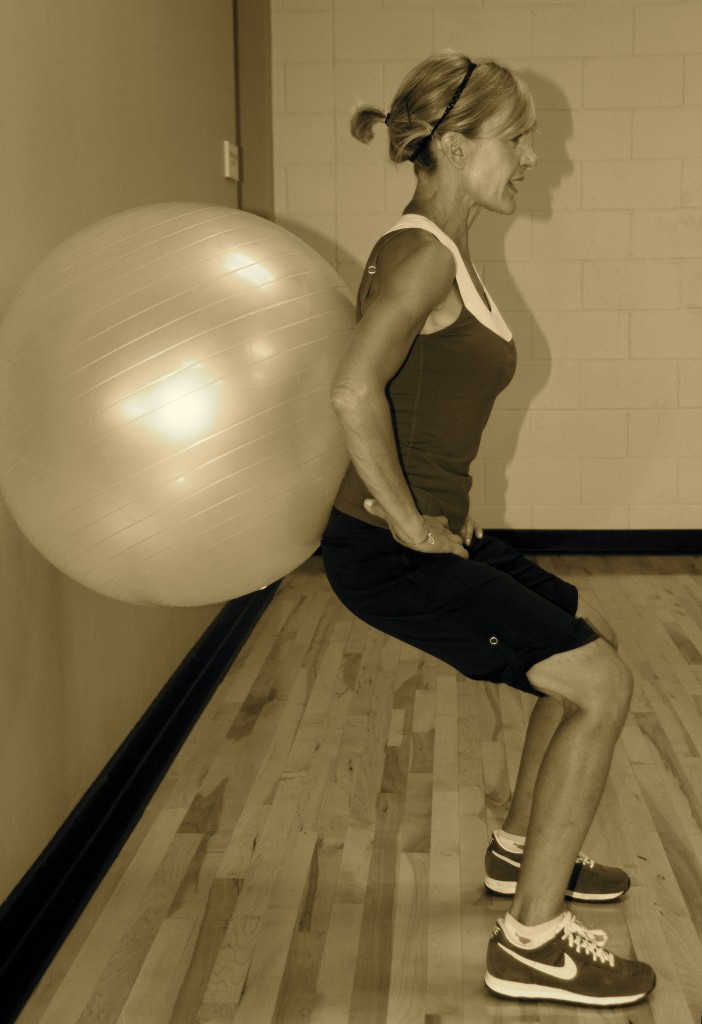
Preparation plays an important role in athletics. And now that it’s not long before the mountain opens; it’s not too late to build the strength, endurance and power needed for the demands of skiing, and decrease the risk for injury. Here are five key training tips to start off the ski season prepared, and excited for a new season.
1. Get out the door.
When it comes to having a great day on the hill, a strong cardiovascular base will make your time on the mountain fun, rather than being out of breathe and exhausted. Head out to local trails, for both steep short climbs and longer hikes, or if pressed for time, indoor cardio equipment. Try to do cardio workouts 3-5 each week, for 20-45 minutes.
2. Knee control
Squats and lunges strengthen all the muscles that stabilize and support your knees. But to do them right, you want to train the correct hip and knee angles. If you have knee cave when your bend your knees (i.e.; your knee falls in) for example, it typically means that the gluteal medius muscles (middle butt) are weak. Single leg squats, using a band above the knee, strengthen the glutes and hips, while stabilizing the knee. This will help you improve your coordination of the whole movement and translates to better skiing.
3.Tempo for tough legs
Strengthening the quads and hamstrings is paramountto carving great ski turns. Front squats make your legs stronger, as these train primarily “concentric “ strength-the strength it takes to press out of the bottom of the squat. Keep doing them, as they are great. When it comes to alpine skiing though, gravity helps you down the hill. From a strength perspective, your legs first fight gravity from being forced into the hill, and then pop up, into the next turn. Adding “ eccentric†training, like “squat jumps “and “skater’s hops “ mimic ski turns.
Eccentric is the action of a muscle lengthening: for example, remember a time hiking down a mountain that made you sore, not the hike up the mountain. In squat jumps, land, and slow down your deceleration, (about 2-3 seconds) to train eccentric leg strength.
4.Dynamic balance
Skiing is dynamic. You tip a ski (or board) onto its edge, balance your weight over that edge, and then the ski turns. Like magic. When you are skiing well, you look relaxed, fluid, and in balance. Dynamic balance also helps you react to changing snow and light. To train balance, stand on one foot for one minute, writing the alphabet with small movements of the free foot and ankle. Progress the move to standing on a BOSU, (a half- ball) or a square of foam.
5.Intra-abdominal pressure; your core
A strong core makes it easier for your whole body to move together when you are carving a nice round turn. The core muscles splint the entire trunk and torso. In PT speak, the core is known as the lumbo-pelvic-hip complex, and is actually 29 pairs of muscles. All of these muscles work together; the abs, hips, and lower back, to transmit and generate force between the lower and upper body.  Practice planks, with your forearms underneath your shoulders. Staying straight from your head to your heels, lift one leg upward, and hold for 2 seconds. Alternate lifting one leg at a time, for 35 seconds.
Click on link to view exercises athttps://vimeo.com/365178195

